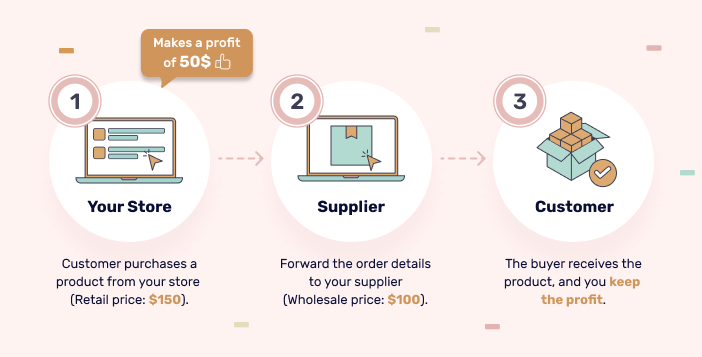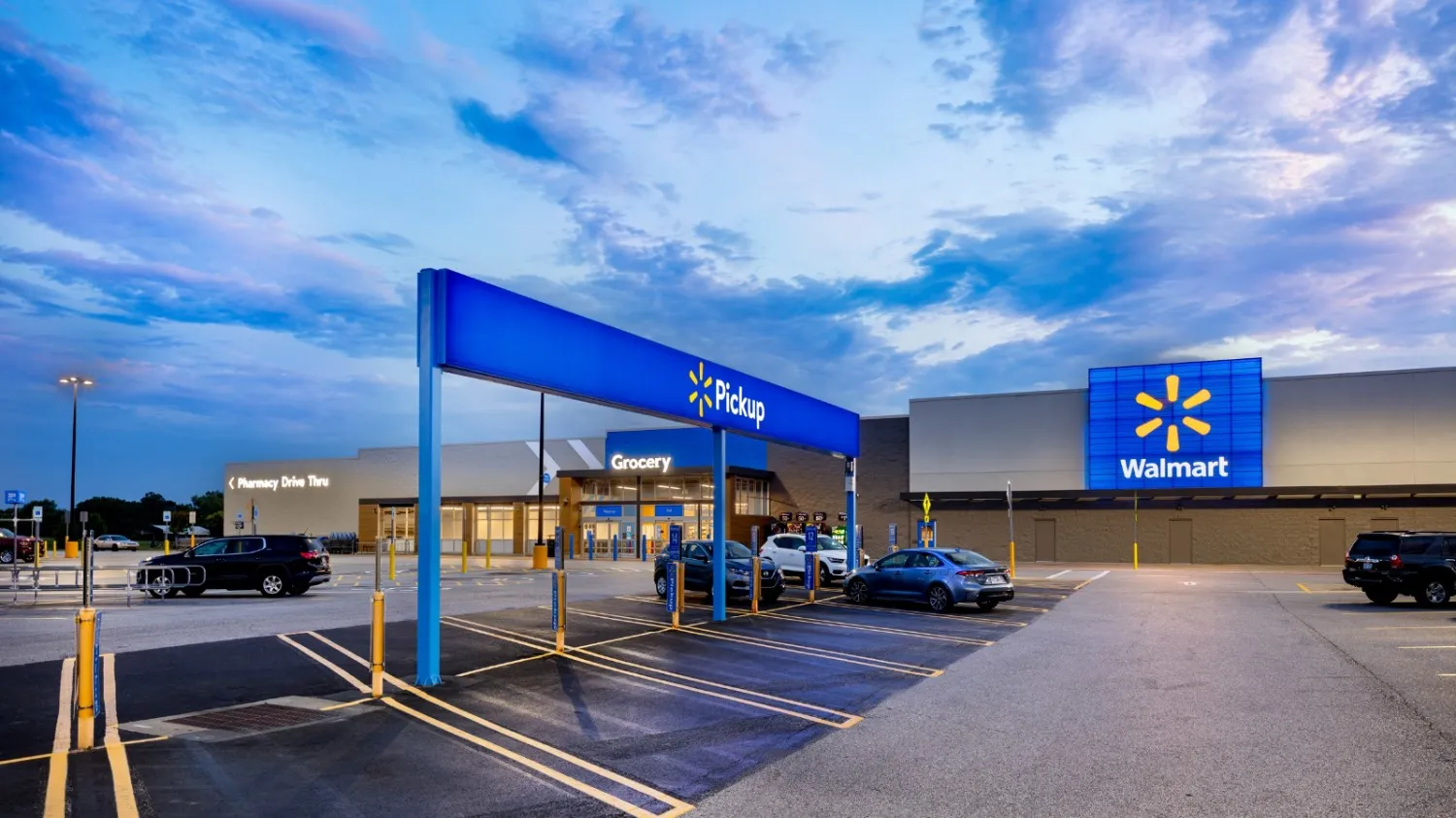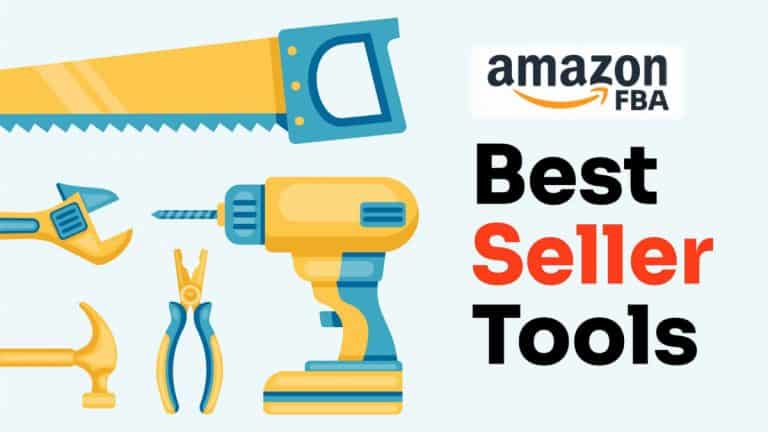From One Product to a Brand: How to Transition from Dropshipping to Private Label on Shopify

Dropshipping is a great entry point into the e-commerce world, allowing entrepreneurs to sell products without holding inventory. However, as competition increases and profit margins shrink, many Shopify dropshippers look for ways to build a more sustainable and profitable business. One of the best strategies for long-term success is transitioning from dropshipping to private labeling.
With private label, you move beyond generic, supplier-branded products and create a unique brand that stands out in the market. This shift not only increases customer trust and loyalty but also allows for better profit margins and control over the business. In this guide, we’ll explore how to smoothly transition from dropshipping to private label on Shopify and build a brand that lasts.
Why Move from Dropshipping to Private Label?
Dropshipping is a great way to test products with minimal risk, but it comes with limitations. Since you’re selling the same products as many other dropshippers, competition is high, and differentiation is difficult. Profit margins are also lower due to supplier markups and reliance on third-party shipping times, which can lead to poor customer experiences.
Private labeling, on the other hand, allows you to create a unique product with custom branding, packaging, and marketing. You control the customer experience, build brand recognition, and have higher profit margins. While private labeling requires a greater upfront investment, it offers more long-term stability and the opportunity to scale.
Step 1: Identify Your Winning Product
Before transitioning, analyze your Shopify store’s performance to identify your best-selling product. Look for a product that has consistently high demand, low return rates, and strong customer engagement. If one of your dropshipping products is already generating consistent sales, that’s a good candidate for private labeling.
Use tools like Google Trends, Shopify analytics, and customer feedback to validate your choice. Also, research competitors and see how you can differentiate your version of the product with unique features, better materials, or improved design.
Step 2: Find a Reliable Private Label Manufacturer
Once you’ve selected your product, the next step is finding a manufacturer that can produce it under your brand name. Platforms like Alibaba, Global Sources, and ThomasNet are excellent places to find suppliers that offer private labeling services.
When reaching out to manufacturers, request product samples to assess quality before committing to a large order. Communication is key—ensure the supplier understands your customization requirements, packaging preferences, and shipping options. Working with a manufacturer that offers low minimum order quantities (MOQs) is beneficial when starting out.
Step 3: Create a Unique Brand Identity
Branding is what sets private label businesses apart from generic dropshipping stores. Develop a strong brand identity that includes:
- A unique brand name that resonates with your target audience
- A professionally designed logo and color scheme
- High-quality product packaging that enhances the unboxing experience
- A compelling brand story that builds trust and credibility
Your goal is to create an emotional connection with your customers. When people recognize and trust your brand, they’re more likely to become repeat buyers and recommend your products to others.
Step 4: Optimize Your Shopify Store for Branding
Transitioning to private label means updating your Shopify store to reflect your new brand. Instead of a general dropshipping store, shift towards a branded website that looks professional and trustworthy.
- Update your store’s theme to a more premium, branded look
- Rewrite product descriptions to highlight your brand’s unique value proposition
- Invest in high-quality product images and lifestyle shots
- Add social proof, such as customer reviews and testimonials
Ensure that your brand message is consistent across your website, social media, and marketing channels.
Step 5: Handle Inventory & Fulfillment
One of the biggest differences between dropshipping and private labeling is inventory management. With dropshipping, suppliers ship products directly to customers, but with private labeling, you need to handle fulfillment.
You have two main options:
- Fulfill orders yourself – Store inventory in your own location and ship products manually. This is cost-effective for small-scale businesses but requires time and effort.
- Use a third-party logistics (3PL) provider – Companies like ShipBob, ShipMonk, or Amazon FBA can store, pack, and ship your products for you. This allows you to scale more efficiently without managing logistics yourself.
Choose a fulfillment method that aligns with your budget and business goals.
Step 6: Launch & Market Your Private Label Brand
Once your private label product is ready, focus on marketing to generate sales. Unlike dropshipping, where you rely on impulse buyers, private label brands require long-term marketing strategies.
- Leverage Influencer Marketing – Partner with influencers in your niche to promote your brand and build credibility.
- Run Facebook & Instagram Ads – Invest in targeted advertising campaigns to reach potential customers.
- Focus on SEO & Content Marketing – Optimize your website for search engines and create valuable blog content to drive organic traffic.
- Build an Email List – Use email marketing to nurture leads and encourage repeat purchases.
Your goal should be to create a loyal customer base that trusts your brand and keeps coming back for more.
Step 7: Scale Your Brand & Expand Product Line
Once you’ve successfully transitioned your first product from dropshipping to private label, it’s time to scale. Expand your product line by introducing complementary items that align with your brand’s niche.
For example, if you launched a private label fitness resistance band, you could add yoga mats, water bottles, or foam rollers under the same brand. This creates upselling opportunities and increases customer lifetime value.
Additionally, consider expanding your brand to Amazon or Walmart to reach a wider audience. Many successful private label brands started on Shopify and later grew into multi-channel e-commerce businesses.
Final Thoughts
Transitioning from dropshipping to private label on Shopify is a smart move for long-term success in e-commerce. While it requires more upfront investment and effort, the rewards are worth it—higher profit margins, greater brand control, and increased customer loyalty.
By selecting a winning product, partnering with reliable manufacturers, optimizing your Shopify store, and implementing strong marketing strategies, you can build a sustainable brand that stands out in the competitive e-commerce landscape.
If you’re ready to take your Shopify business to the next level, start planning your transition today. The sooner you make the shift, the faster you can create a brand that customers trust and love.





